- 全部删除
 您的购物车当前为空
您的购物车当前为空
PAI-1 Protein, Human, Recombinant (His)
一键复制产品信息产品编号 TMPY-01474
PAI-1 Protein, Human, Recombinant (His) is expressed in HEK293 mammalian cells with His tag. The predicted molecular weight is 44.2 kDa and the accession number is A0A024QYT5.
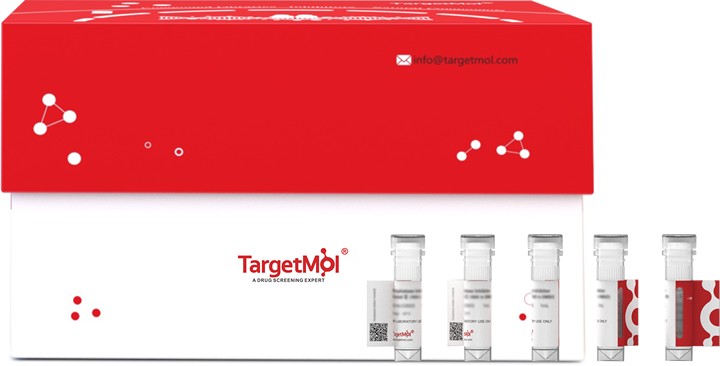
PAI-1 Protein, Human, Recombinant (His)
一键复制产品信息产品编号 TMPY-01474
PAI-1 Protein, Human, Recombinant (His) is expressed in HEK293 mammalian cells with His tag. The predicted molecular weight is 44.2 kDa and the accession number is A0A024QYT5.
| 规格 | 价格 | 库存 | 数量 |
|---|---|---|---|
| 5 μg | ¥ 697 | 6-8日内发货 | |
| 10 μg | ¥ 1,150 | 6-8日内发货 | |
| 20 μg | ¥ 1,890 | 5日内发货 | |
| 50 μg | ¥ 3,820 | In stock | |
| 100 μg | ¥ 6,130 | 5日内发货 | |
| 200 μg | ¥ 9,850 | 5日内发货 | |
| 500 μg | ¥ 18,380 | 5日内发货 |
大包装 & 定制
加入购物车
TargetMol 的所有产品仅用作科学研究或药证申报,不能被用于人体,我们不向个人提供产品和服务。请您遵守承诺用途,不得违反法律法规规定用于任何其他用途。
产品信息
| 生物活性 | Measured by its ability to inhibit uPA cleavage of a peptide substrate, N-carbobenzyloxy-Gly-Gly-Arg-7-amido-4-methylcoumarin (Z-GGR-AMC). The IC50 value is < 60 nM. |
| 产品描述 | PAI-1 Protein, Human, Recombinant (His) is expressed in HEK293 mammalian cells with His tag. The predicted molecular weight is 44.2 kDa and the accession number is A0A024QYT5. |
| 种属 | Human |
| 表达系统 | HEK293 Cells |
| 标签 | C-His |
| 蛋白编号 | P05121 |
| 别名 | SERPINE1,serpin peptidase inhibitor, clade E (nexin, plasminogen activator inhibitor type 1), member 1,PLANH1,PAI-1,PAI1,PAI |
| 蛋白构建 | A DNA sequence encoding the human SerpinE1 precursor (NP_000593.1) (Met 1-Pro 402) was expressed with a C-terminal polyhistidine tag. Predicted N terminal: Val 24 |
| 蛋白纯度 | ≥ 97 % as determined by SDS-PAGE. ≥ 95 % as determined by SEC-HPLC.  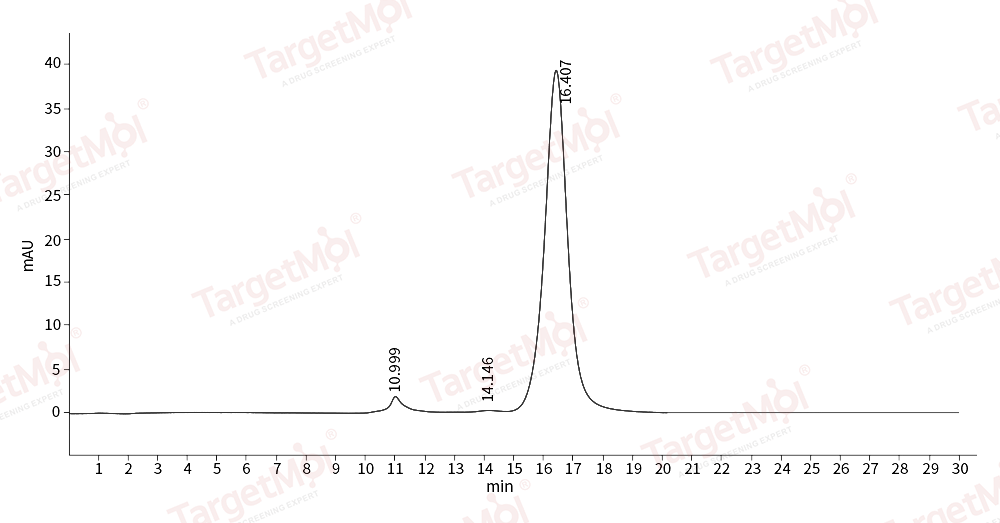 |
| 分子量 | 44.2 kDa (predicted); 45 kDa (reducing conditions) |
| 内毒素 | < 1.0 EU/μg of the protein as determined by the LAL method. |
| 蛋白性状 | Lyophilized powder |
| 缓冲液 | Lyophilized from a solution filtered through a 0.22 μm filter, containing 50 mM NaAc, 0.1M NaCl, pH 5. 5. Typically, a mixture containing 5% to 8% trehalose, mannitol, and 0.01% Tween 80 is incorporated as a protective agent before lyophilization. |
| 复溶方法 | A Certificate of Analysis (CoA) containing reconstitution instructions is included with the products. Please refer to the CoA for detailed information. |
| 存储 | It is recommended to store recombinant proteins at -20°C to -80°C for future use. Lyophilized powders can be stably stored for over 12 months, while liquid products can be stored for 6-12 months at -80°C. For reconstituted protein solutions, the solution can be stored at -20°C to -80°C for at least 3 months. Please avoid multiple freeze-thaw cycles and store products in aliquots. |
| 运输方式 | In general, Lyophilized powders are shipping with blue ice. |
| 研究背景 | Plasminogen activator inhibitor 1, also known as PAI-1, Endothelial plasminogen activator inhibitor, SerpinE1 and PLANH1, is a secreted glycoprotein that belongs to the serpin family. SerpinE1 is the primary physiological inhibitor of the two plasminogen activators urokinase (uPA) and tissue plasminogen activator (tPA). Its rapid interaction with TPA may function as a major control point in the regulation of fibrinolysis. Defects in SerpinE1 are the cause of plasminogen activator inhibitor-1 deficiency (PAI-1 deficiency) which is characterized by abnormal bleeding due to SerpinE1 defect in the plasma. High concentrations of SerpinE1 have been associated with thrombophilia which is an autosomal dominant disorder in which affected individuals are prone to develop serious spontaneous thrombosis. Studies of PAI-1 have contributed significantly to the elucidation of the protease inhibitory mechanism of serpins, which is based on a metastable native state becoming stabilised by insertion of the RCL into the central beta-sheet A and formation of covalent complexes with target proteases. Greater expression of PAI-1 has been associated with increased survival of cells and resistance to apoptosis. PAI-1 appears to influence apoptosis by decreasing cell adhesion (anoikis) as well as its effect on intracellular signaling. PAI-1, in its active state, also binds to the extracellular protein vitronectin. When in complex with its target proteases, it binds with high affinity to endocytosis receptors of the low density receptor family. The mechanisms of PAI-1 overexpression during obesity are complex, and it is conceivable that several inducers are involved at the same time at several sites of synthesis. PAI-1 is also implicated in adipose tissue development. It suggests that PAI-1 inhibitors serve in the control of atherothrombosis. |
计算器
SCI 文献
技术支持
请阅读 重组蛋白用户指南 了解更多具体信息.







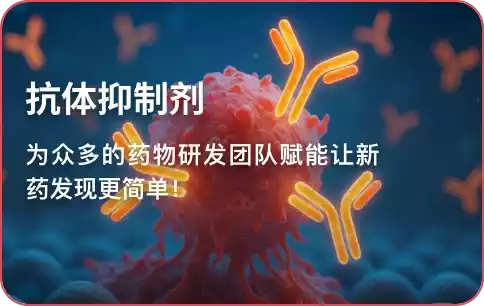
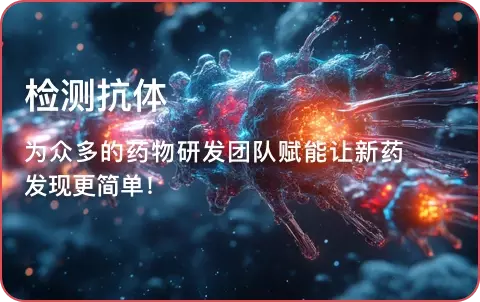


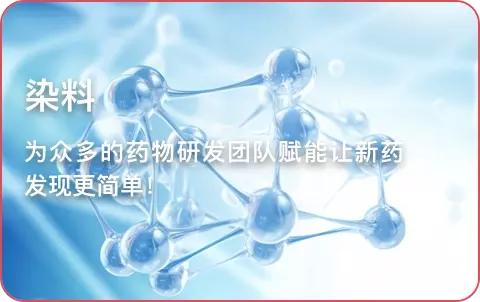


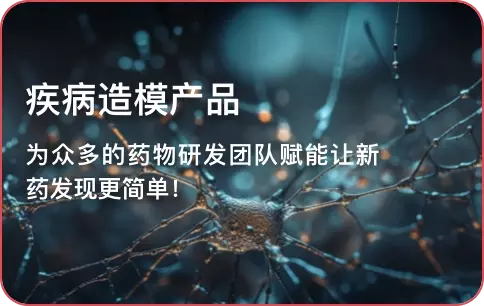

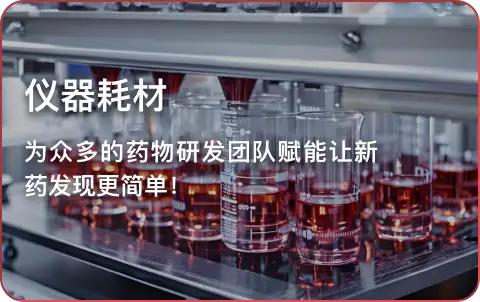
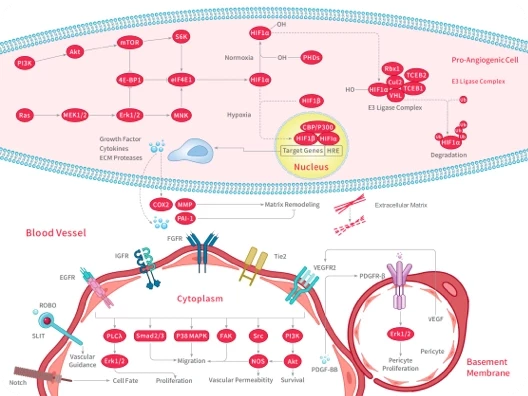

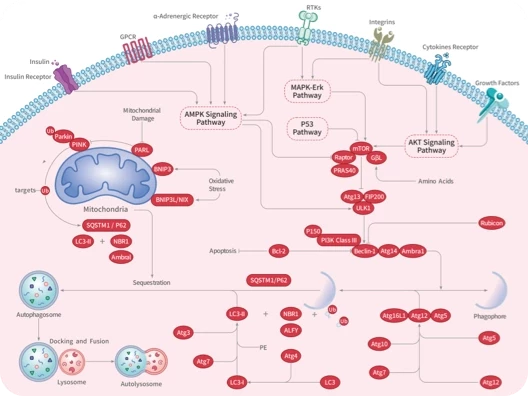

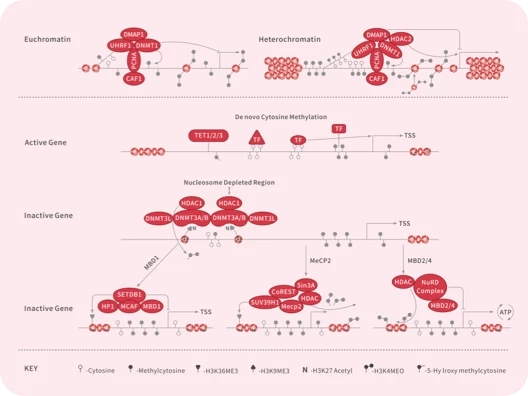
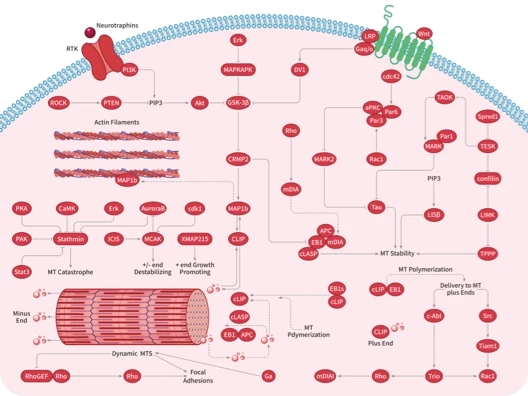
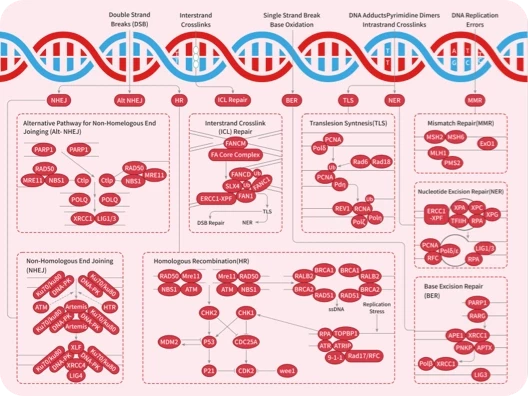
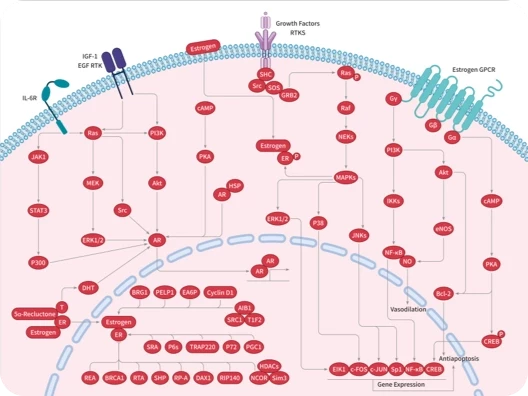
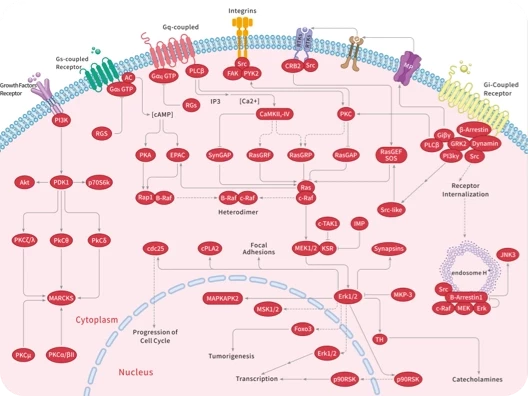
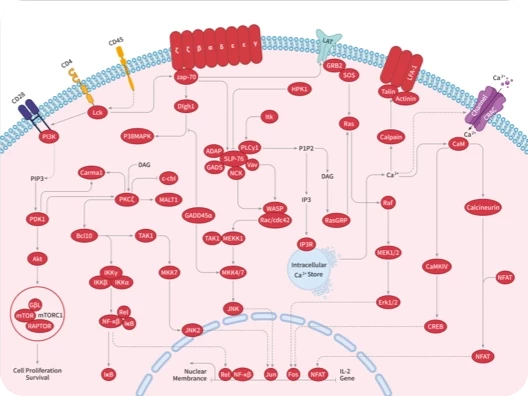
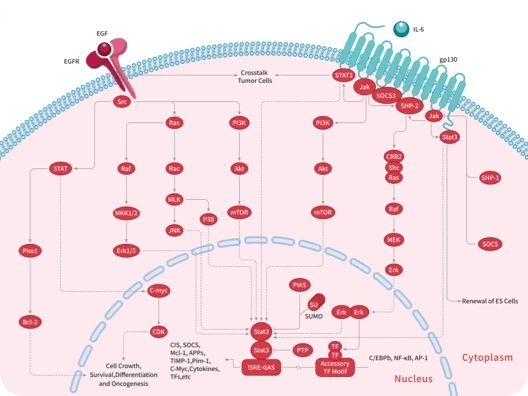
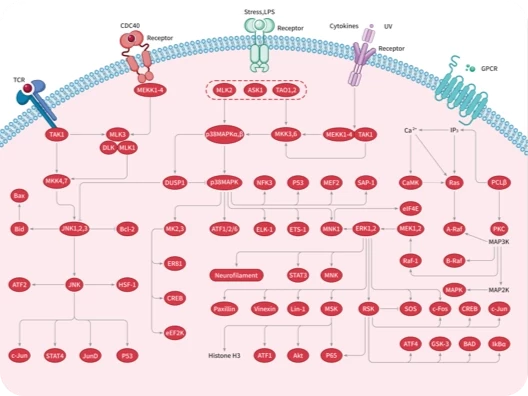
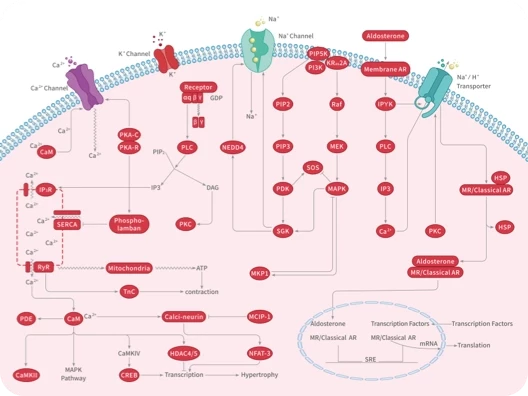
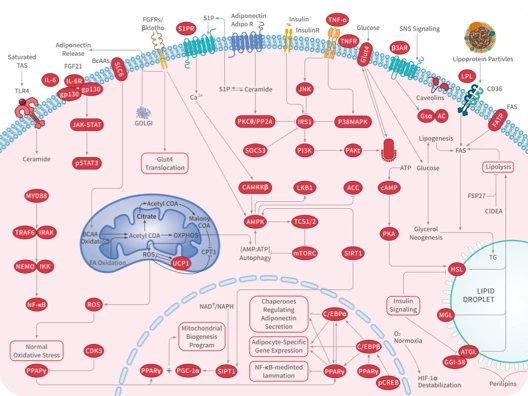
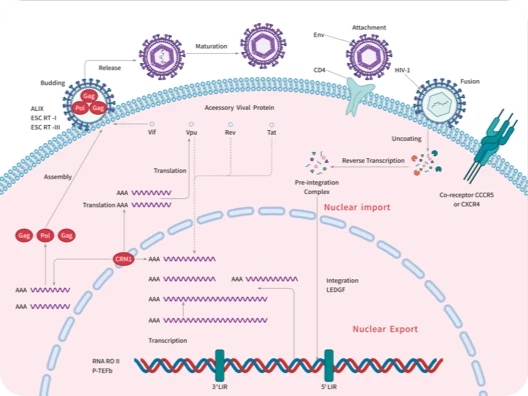

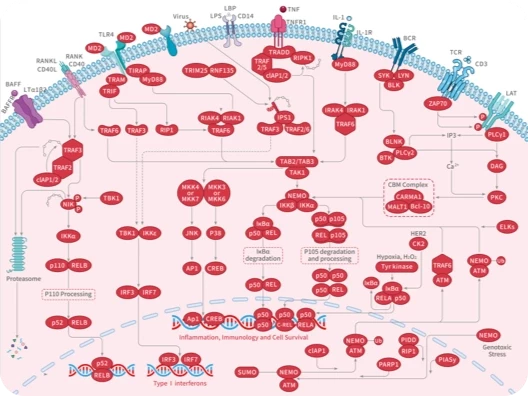
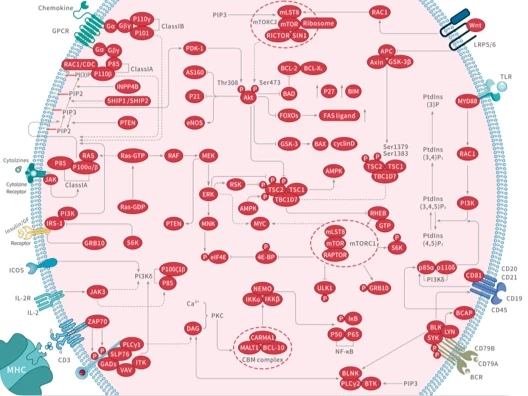
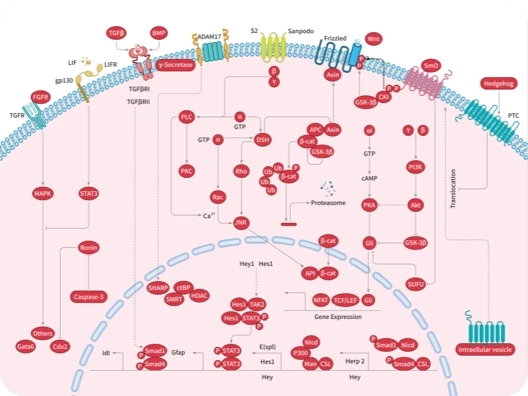
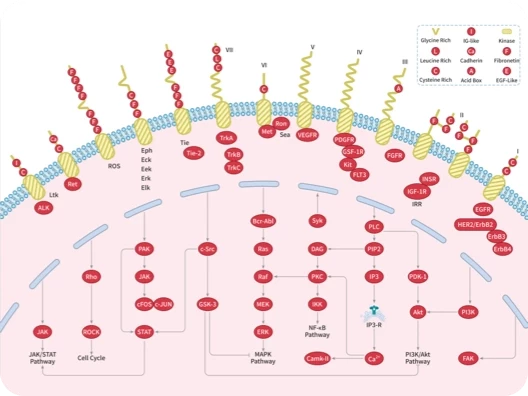
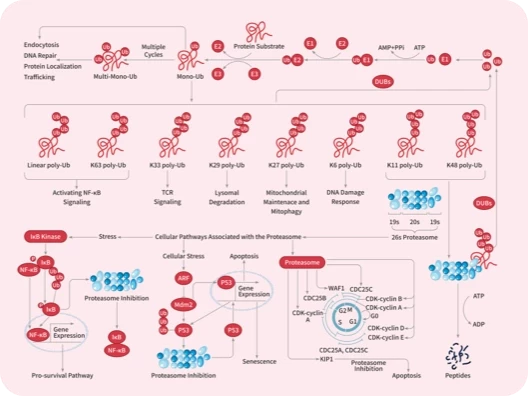


 |
|